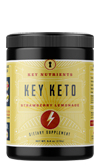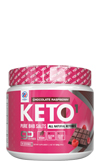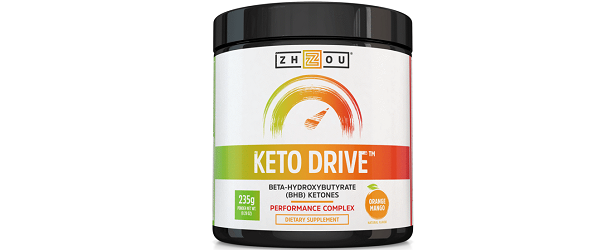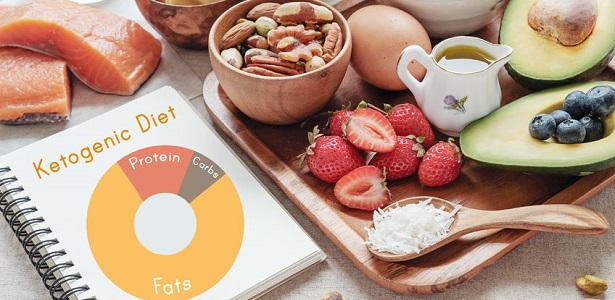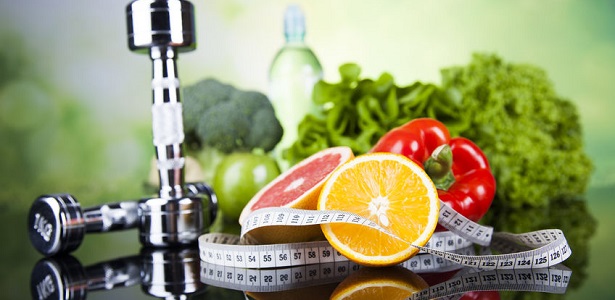
Ketosis, Diet and Exercise
What is Ketosis?
Ketosis refers to a condition whereby your body burns fat for energy. This is done by reducing sugar levels in the body through the elimination of carbohydrates in the diet while increasing the consumption of fatty foods. This process leads to a build-up of body acids called ketones. It is not an easy process. Therefore, once you achieve ketosis, you should work to maintain it.
Health benefits of Ketosis
The ketogenic diet which puts the body in a state of ketosis was originally developed to help reduce the number of seizures suffered by epilepsy patients. Research claims that the number of seizures that the epilepsy patients suffered during trials was half of what they experienced when they were not following the diet. Some even stopped experiencing seizures. This diet is also helpful in reducing the risks of heart disease, cancer, type 2 diabetes, neurological disorders, and in promoting weight loss.
How to Reach Ketosis
Diet
Ketosis can be achieved through a low-carb diet. When you consume less than 50 grams of carbohydrates in a day, the blood sugar in your body is depleted. When this happens, your body starts breaking down protein and fat to use for energy. At this stage, you have reached ketosis.
Exercise
Ketosis can also be reached through exercise. Exercise uses a lot of energy which is obtained from different sources, such as amino acids, fats, and carbohydrates. Once the sugar is depleted through exercise, the next source of energy that is used is muscle glycogen, depending on the extent of the exercise. This, of course, does not refer to just any exercise. An intense training such as speed cycling or heavy resistance training relies mostly on the muscle glycogen. Therefore, these kinds of exercises may help you reach ketosis faster. When your glycogen levels drop low enough, you reach ketosis. After reaching ketosis, workouts will help you stay in the ketogenic stage.
After intense exercise, you can consume a small amount of simple sugars and your ketogenic state will not be affected. This is because your insulin will help move the sugar directly into your muscles without affecting the ketogenic state.
In a small research study, nine women exercised either before or after their meals. It was found that their blood ketone levels were between 137-314% higher when they exercised before a meal than when they exercised after a meal.
Measure Your Ketone Levels and Adjust Your Diet and Exercise
As you would weigh yourself on a scale when trying to achieve your weight loss goal, measuring your ketone levels while trying to get to a ketosis state or maintain it could be useful.
Types of Ketones
- Acetone – This is measured by using a Ketonix meter. It measures the acetone in your breath.
- Beta-hydroxybutyrate – This is measured by using a blood ketone meter, which works the same way as a glucose meter. It measures the amount of beta-hydroxybutyrate in your blood.
- Acetoacetate – This is measured in the urine. Ketone urine strips are dipped into urine. The darker the color, the higher the ketone levels in the blood.
Take Away
Remember that even though exercise can increase the production of ketones, it will not adapt overnight to using ketones as the main energy fuel. Ketosis can be beneficial for a number of individuals, however, people with type 1 diabetes need to be careful. Very high levels of ketones could lead to diabetic ketoacidosis, which is a dangerous state caused by insufficient insulin in the blood.
TOP 5
KETOTreatments |
|||||
| Approved Science Keto | Sports Research Keto+ Plus | Giant Sports International Giant Keto | Key Nutrients Key Keto | Vaxxen Labs Keto1 | |
|---|---|---|---|---|---|
| 1 | 2 | 3 | 4 | 5 | |
| Price (1 bottle) Price (6 bottles)best value |
$49.95 $139.70 |
$50.00 $300.00 |
$29.99 $179.94 |
$49.94 $299.64 |
$69.99 $419.94 |
| Overall Rating | 99.35% | 95.40% | 92.60% | 90% | 88.70% |
| Effectiveness |





|





|





|





|





|
| Speed of Results | Extremely Fast | Good | Good | Average | Slow |
| Quality of Ingredients | Premium | Good | Average | Average | Average |
| Customer Satisfaction Evaluation | 99.40% | 95.30% | 92.50% | 90.40% | 88.73% |
| Safety Evaluation | Safe for Use | Safe for Use | Safe for Use | Safe for Use | Safe for Use |
| Customer Service Rating |





|





|





|





|





|
| Reorder Rate | Highest | High | Good | Average | Average |
| Return Policy | Risk Free | Risk Free | Risk Free | Risk Free | Yes |
| Success Rate | 99.40% | 95.35% | 92.55% | 90.20% | 88.60% |

 Subscribe Now
Subscribe Now


